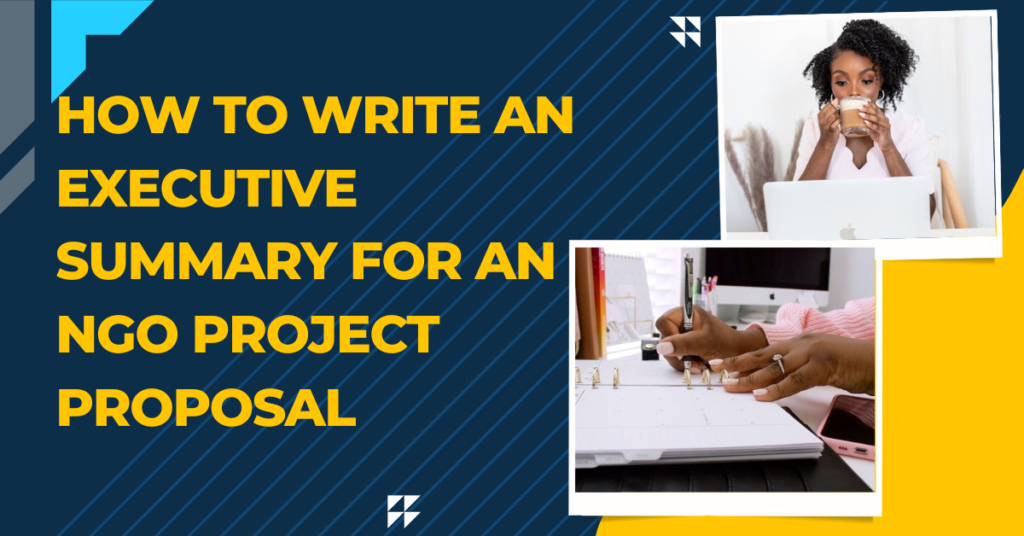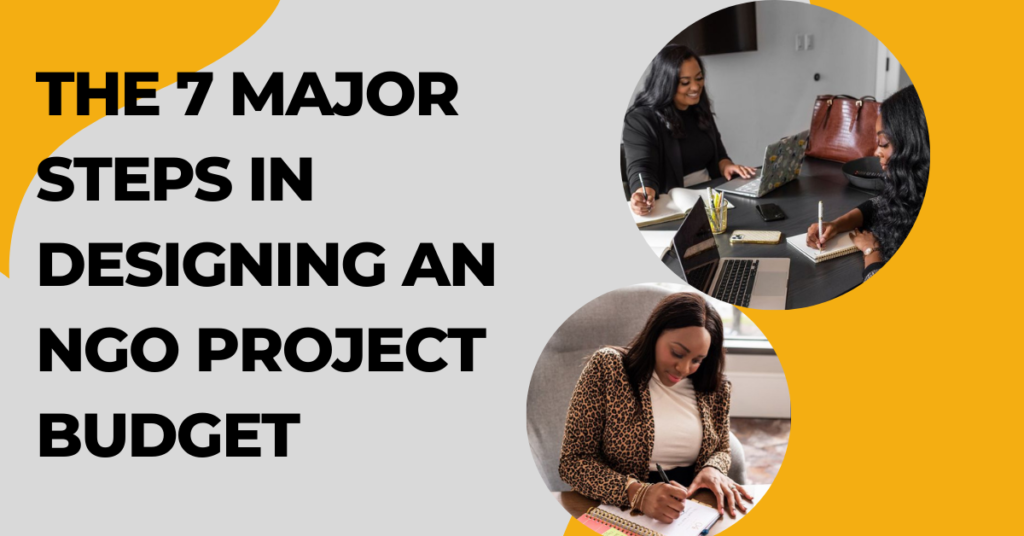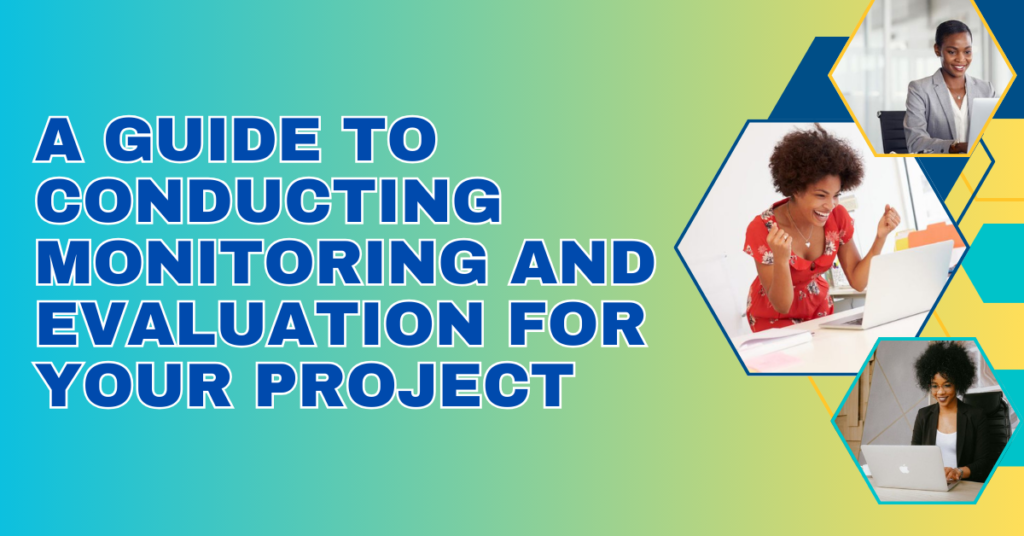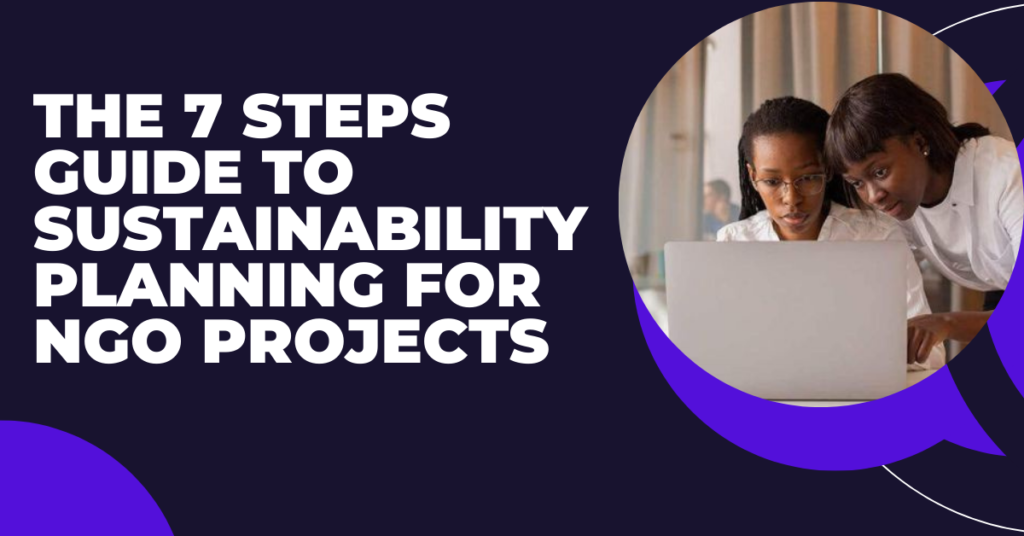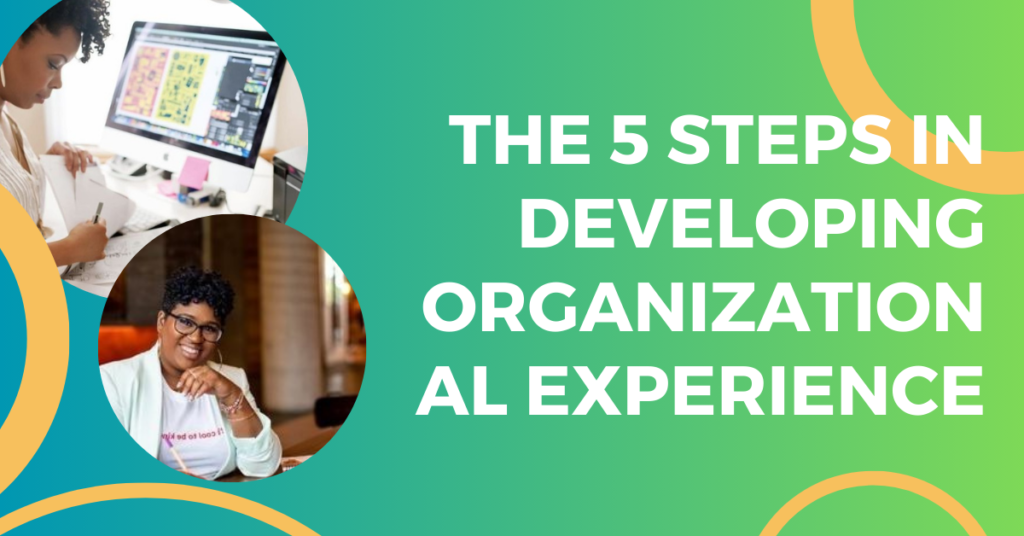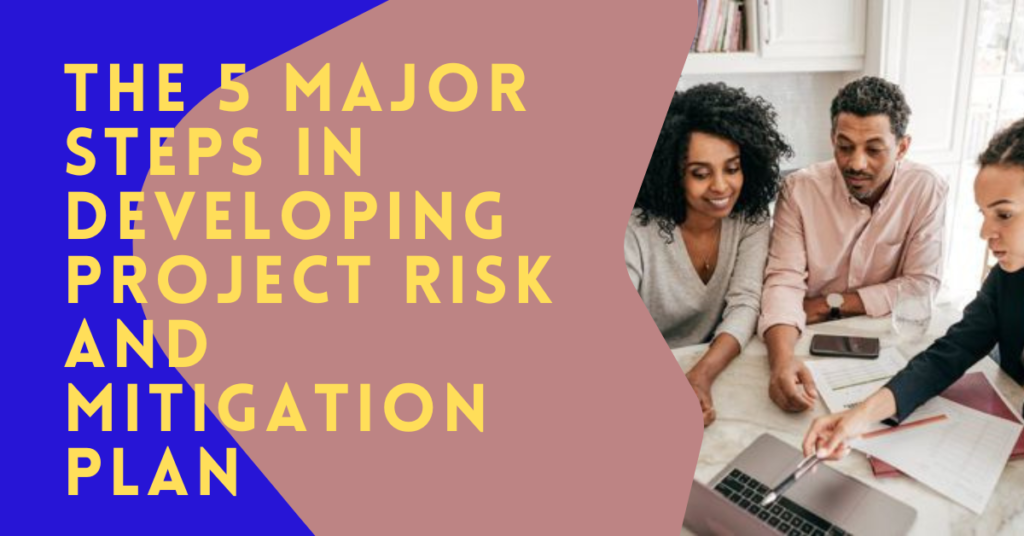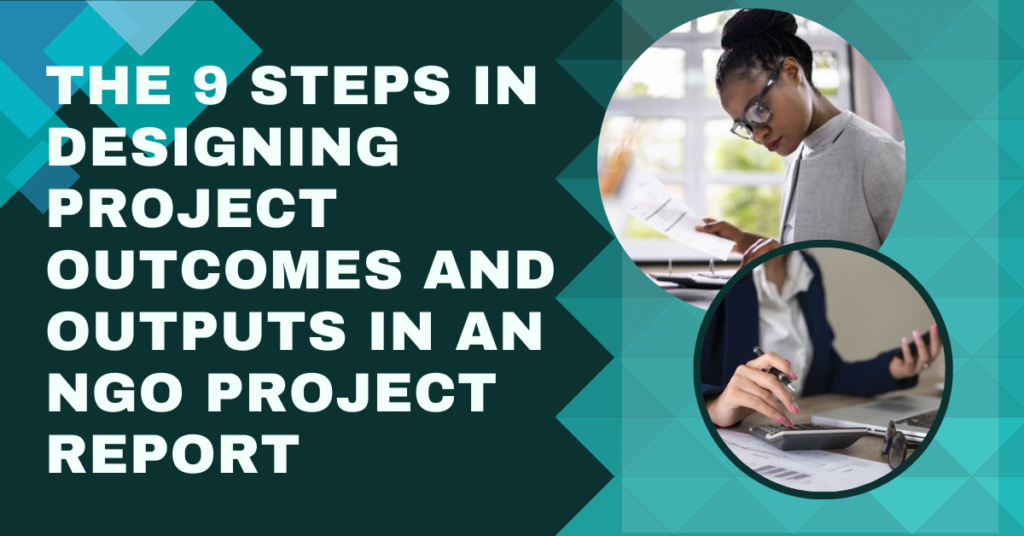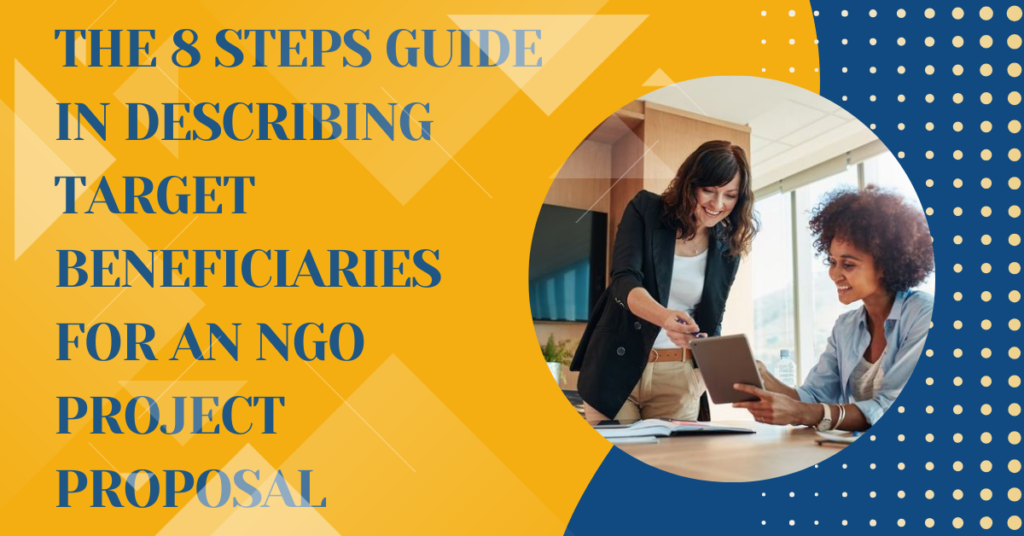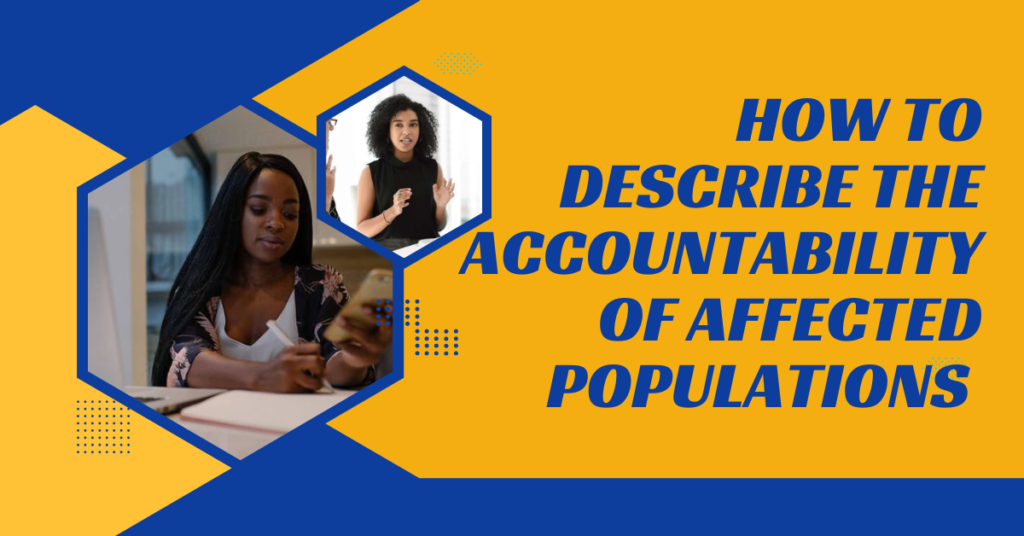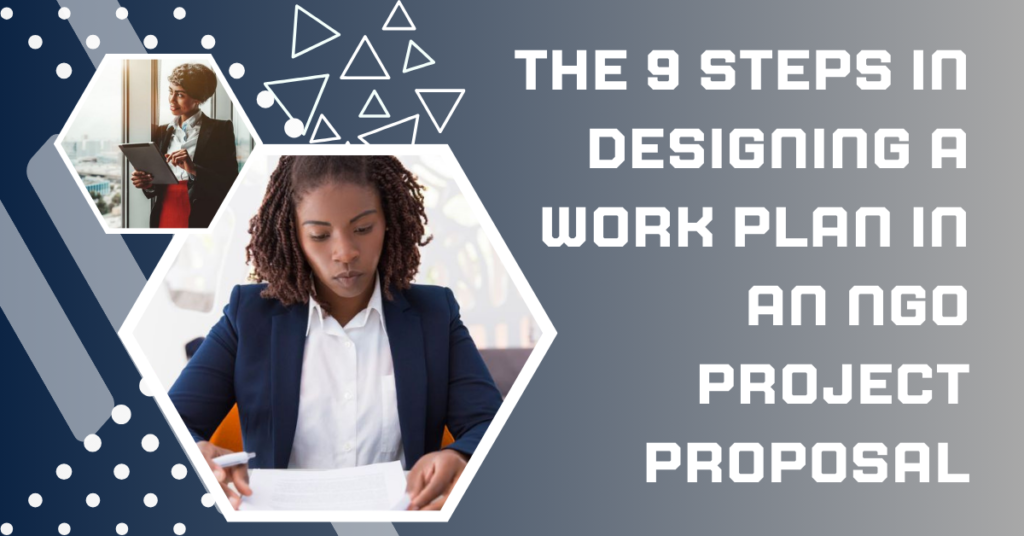An executive summary is one of the most critical components of an NGO project proposal. It serves as a concise overview of the project, offering stakeholders, donors, and decision-makers a quick snapshot of the proposal’s key points. A well-crafted executive summary can make the difference between a proposal that gets funded and one that doesn’t. In this blog post, we’ll guide you through the process of writing a compelling executive summary for your NGO project proposal, ensuring it captures attention and conveys the essential information effectively.
What is an Executive Summary?
An executive summary is a brief section at the beginning of your project proposal that summarizes the main points of the document. It provides a quick overview of the project, including its purpose, goals, target beneficiaries, expected outcomes, and budget. The executive summary should be clear, concise, and persuasive, giving readers a reason to continue reading the full proposal.
Why is the Executive Summary Important?
The executive summary is crucial for several reasons:
- First Impressions: It’s often the first section that potential donors or stakeholders read. A strong executive summary can engage readers and encourage them to read further.
- Time-Saving: Decision-makers are often busy and may not have time to read the entire proposal. A well-written executive summary allows them to grasp the key points quickly.
- Highlighting Key Information: The executive summary emphasizes the most important aspects of your project, such as the problem you’re addressing, your approach, and the expected impact.
- Persuasion: It serves as a persuasive tool to convince donors that your project is worth funding by clearly demonstrating its value and potential outcomes.
Key Components of an Executive Summary
To write an effective executive summary, you need to include the following key components:
- Project Title and Organization Name
Begin your executive summary with the project title and the name of your organization. This helps readers immediately identify the subject of the proposal. For example:
Project Title: “Empowering Rural Communities Through Sustainable Agriculture”
Organization: Green Future NGO
- Introduction to the Problem or Need
Next, provide a brief introduction to the problem or need that your project aims to address. This section should be concise but powerful, clearly stating why the issue is important and why it needs urgent attention. For example:
“Rural communities in XYZ region face significant challenges due to food insecurity and limited access to sustainable agricultural practices. As a result, families are unable to achieve food self-sufficiency, leading to malnutrition and poverty.”
- Purpose of the Project
After introducing the problem, explain the purpose of your project. What is your NGO aiming to achieve? This section should clearly define the project’s main goal and how it aligns with the needs identified in the previous section. For example:
“The purpose of this project is to empower rural communities in XYZ region by providing training in sustainable agriculture practices. By increasing knowledge and resources, the project aims to enhance food security, improve nutrition, and promote economic stability.”
- Project Objectives
List the specific objectives of your project. These should be measurable, achievable, and directly related to the project’s purpose. Each objective should contribute to solving the problem or addressing the need. For example:
- Objective 1: To train 500 smallholder farmers in sustainable agriculture techniques by the end of Year 1.
- Objective 2: To establish 10 community demonstration farms that model sustainable practices.
- Objective 3: To increase household food production by 30% within two years.
- Target Beneficiaries
Identify the target beneficiaries of your project. This section should specify who will benefit from the project, including demographic details and geographic location. It’s important to be as specific as possible to demonstrate the project’s impact. For example:
“The primary beneficiaries of this project are 500 smallholder farmers in XYZ region, including 300 women and 200 men, who rely on subsistence farming for their livelihoods. Secondary beneficiaries include the broader community members who will benefit from improved food security and economic opportunities.”
- Project Approach or Methodology
Briefly describe the approach or methodology your NGO will use to achieve the project objectives. This section should provide an overview of the key activities, strategies, and tools you will employ. For example:
“The project will employ a participatory approach, engaging local farmers in hands-on training sessions and workshops. The establishment of community demonstration farms will serve as a practical learning environment, showcasing the benefits of sustainable practices. The project will also collaborate with local agricultural experts and institutions to ensure the knowledge and resources provided are relevant and effective.”
- Expected Outcomes and Impact
Outline the expected outcomes of your project and the impact it will have on the target beneficiaries and the broader community. This section should provide a clear picture of the positive changes your project aims to bring about. For example:
“By the end of the project, it is expected that 500 farmers will have adopted sustainable agricultural practices, leading to a 30% increase in household food production. This will result in improved nutrition, increased income from surplus produce, and enhanced resilience to climate-related challenges. The project will also foster a culture of sustainable farming in the region, contributing to long-term food security and economic stability.”
- Budget Summary
Provide a brief summary of the project budget, including the total amount required and a general breakdown of key expenses. This section helps donors understand the financial needs of the project and how funds will be allocated. For example:
“The total budget for this project is $100,000. Key expenses include $30,000 for training sessions and workshops, $20,000 for the establishment of community demonstration farms, $10,000 for seeds and tools, and $40,000 for project management and monitoring.”
- Conclusion and Call to Action
End your executive summary with a strong conclusion that reinforces the importance of the project and encourages action. This could be a call to support the project, a reminder of the potential impact, or an invitation to collaborate. For example:
“This project represents a crucial opportunity to empower rural communities in XYZ region through sustainable agriculture. We invite you to join us in making a lasting impact by supporting this initiative. Together, we can create a future where every family enjoys food security and economic stability.”
Tips for Writing a Compelling Executive Summary
- Keep it Concise: Aim for one to two pages. While it should be comprehensive, avoid overwhelming the reader with too much detail.
- Use Clear and Simple Language: Avoid jargon or overly complex language. The summary should be easy to read and understand.
- Focus on the Reader: Consider what the reader needs to know and why they should care about your project. Tailor the content to address their interests and concerns.
- Be Persuasive: Use persuasive language to highlight the significance of the project and its potential impact. Make a compelling case for why it deserves support.
- Revise and Edit: Review the executive summary multiple times to ensure clarity, coherence, and accuracy. Consider seeking feedback from colleagues or stakeholders.
Conclusion
Writing an executive summary for an NGO project proposal requires careful consideration of the key elements that will engage and inform your readers. By following the steps outlined in this guide, you can create a concise, persuasive, and informative executive summary that effectively communicates the value of your project. Remember, the executive summary is your opportunity to make a strong first impression—make sure it counts!
Address List
- Makerere Hill Road, Ham Towers
- +256-703947778
- info@professionalwriters.shop
Social Networks
Links List
Professional Writers Inc.
Turning Ideas Into Reality
NGO Documents Writing Training [Free]

